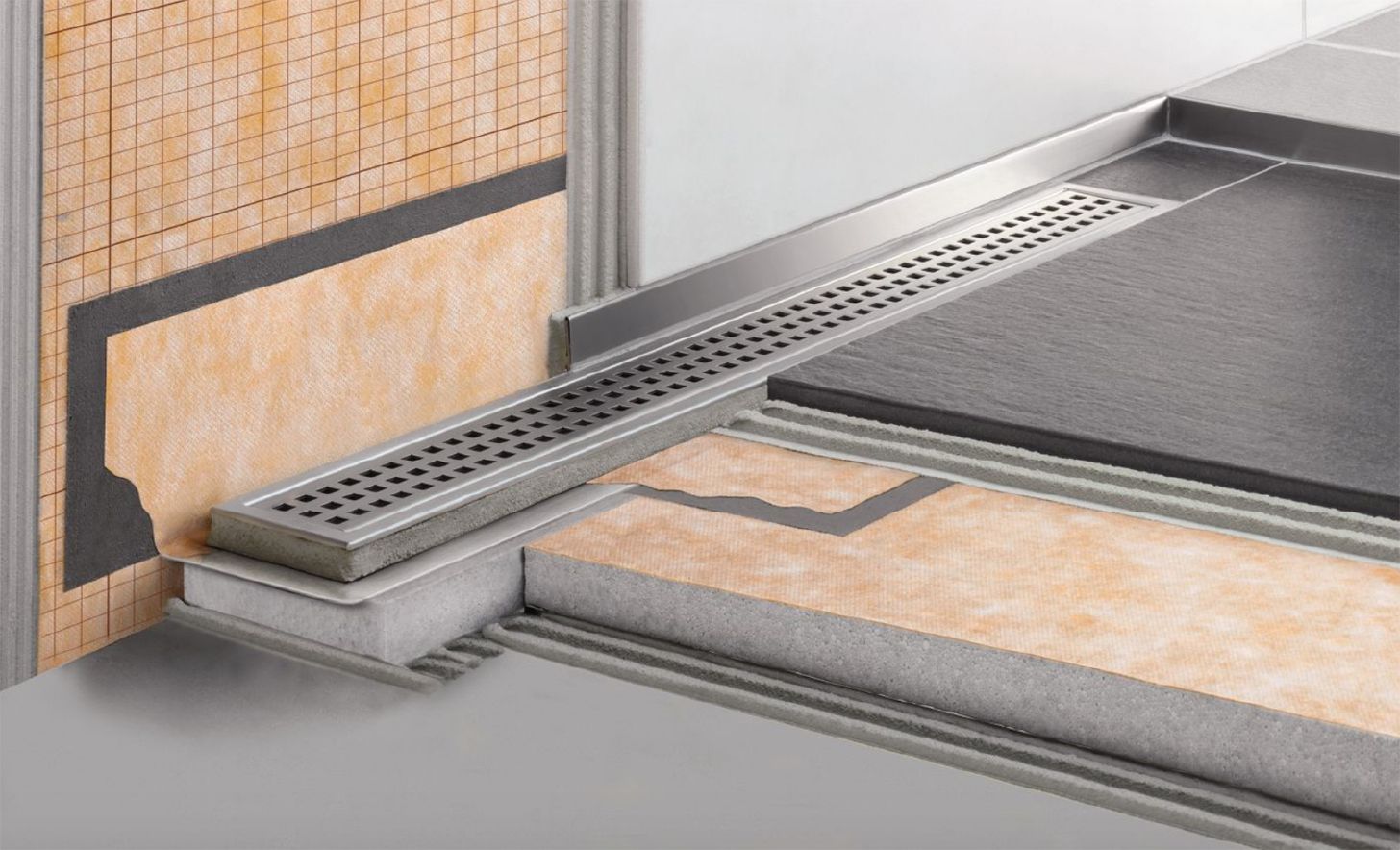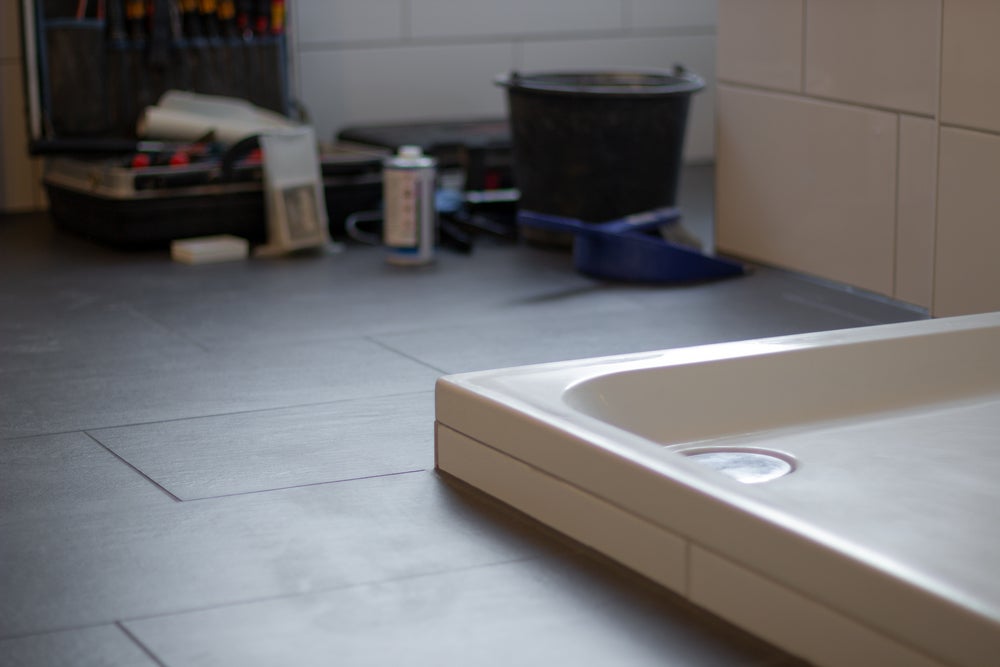Everybody has got their personal way of thinking with regards to Easy Shower Drain Installation Tips.

Upgrading a washroom is just one of the more popular residence improvement jobs. Handling the plumbing for draining your shower can be exceptionally basic unless you overdo it.
Handling Your Own Shower Drainpipe Installation Project
You can physically construct an enthusiast for your new shower, yet you really need to think of it. Do you really intend to get involved in the issues of obtaining the sloping right, as well as making sure every facet of it is water-proof? And also I suggest every facet! It is a lot easier to just buy a pre-cast collector online or at your neighborhood Lowes, Residence Depot or equipment store. Building one might seem like a fantastic concept, however you will probably really feel differently after a number of hrs.
Despite exactly how you go about getting a frying pan, you should make every effort to make use of one that has the drain located in the same spot as the original frying pan. Moving the drain pipes can be a task, particularly if the contractor utilized an unique framing structure. If you are identified to move the drainpipe, you are mosting likely to have to cut down the pipeline or lengthen it, which might suggest destroying huge pieces of the floor. Rephrase, you are mosting likely to be looking at a numerous weekend project.
Presuming we have our drainpipe lined up, the real link is relatively straightforward. The drainage pipeline ought to be facing vertical approximately the collection agency. It will commonly look like a "U", which suggests it functions as a cleanout to keep nasty scents from coming back up from the drain. To link the drainpipe, you are going to produce a water limited connection between a drainpipe cap on the top of the pan as well as the water drainage pipe. Solutions differ, yet you are usually mosting likely to do this by putting a coupling item on the top of the drainage pipe. This is after that covered with gaskets and also literally screwed into the drainpipe cap. The drainpipe cap should act as a locknut, to wit, it screws directly onto the combining.
The tricky part of this process is getting your drainpipe cap to match a watertight position in the pan. This is completed by withdrawing the drain cap once you make sure whatever meshes. Then, you put plumbing technicians putty around the bottom of the cap and then screw it back on. The putty ought to develop a tight seal in between the cap as well as the shower frying pan, which maintains water from flowing under it and also right into the mounting under the shower.
Obviously, restroom showers can be found in a variety of designs nowadays. If you purchase a collector, they often come with plumbing instructions or the store can note anything unusual you should know. It appears intricate, yet is commonly rather easy. Enjoy!
Whether you are a bath tub or shower individual, lots of people try to find shower only options when buying a home. This straightforward reality indicates more than a few homeowners invest a weekend break updating or setting up showers in their restrooms. Luckily for you, it is a fairly easy process.
A collector or frying pan refers to the horizontal surface area situated at the bottom of the shower. The collector commonly contains a non-slip surface slightly banked in the direction of the center or wherever the drainpipe lies. Incorporated with 3 to four inch wall surfaces around the side, the objective of your shower drainage plumbing is to obtain the water to move to and away.
Tips for Installing a Shower Drain Assembly
Renovating a bathroom can be exciting as well as fulfilling if you’re tackling the job DIY-style. After you cross off the bigger decisions such as tile style, paint colors, and fixtures, you’ll need to finalize smaller details – such as the shower drain. In this article, we’re sharing some tips for selecting and installing the right drain assembly for your updated shower.
What is a shower drain assembly?
Shower bases or pans typically only come with a pre-drilled drain hole. Since the pan slopes toward the drain, you should consider the placement – left, center, or right – when designing your shower. You’ll need to purchase and install a shower drain assembly that connects the shower pan to the drain pipe underneath the shower. There are a few types of assemblies, which will be covered below.
Size of a shower drain
When it comes to installing drains, size matters. The recommended pipe size for a shower drain is 2 inches, whereas most tubs use 1.5-inch pipes. Why the difference?
Shower pans are shallower than tubs, so there’s a higher risk for overflow. So, the larger pipe allows for quicker draining. If you are replacing an old tub with a newer stand-up shower, you will need to make additional plumbing adjustments to accommodate the 2-inch pipe.
Types of shower drain assemblies
There are three common types of shower drain assemblies: compression shower drain, solvent-glue shower drain, and tile shower drain. The layout, design, and materials of your shower can determine which type of shower drain assembly will work best.
Compression shower drain
This type of assembly attaches to the drain pipe with compression washers and nuts. The drain fitting is typically installed into the base, and then the base is installed into the bathroom floor. This makes compression-style drains easier to install than other options, particularly if you don’t have easy access from the floor under the shower base. Drains are available in a wide range of materials such as PVC (polyvinyl chloride), ABS (Acrylonitrile Butadiene Styrene), and brass, and can be used for acrylic, fiberglass, and steel shower bases.
Solvent-glued shower drain
Made of either polyvinyl or ABS, this type of shower drain is sealed to the drain pipe with solvent glue and silicone. Since you’ll be working underneath the drain pan, we only recommend using this type of drain if you have access under the shower, such as from a basement or crawlspace. It’s also important that you match the type of plastic of the drain with the drainpipe. If you take these precautions, you can install a solvent-glued drain assembly with acrylic, fiberglass, and steel shower bases.
Tile shower drain –
Drain assemblies for custom tile showers feature a waterproof membrane liner placed between two flanges. The tile is installed on top of the liner, collecting any water that seeps through the porous grout. A metal strainer is installed in line with the tile over the drain.
https://www.epshawaii.com/blog/tips-for-installing-a-shower-drain-assembly/

Hopefully you enjoyed our excerpt about Simple Steps for Installing a Shower Base. Thanks so much for finding the time to read our blog post. Sharing is caring. Helping others is fun. Thanks for your time. Come back soon.